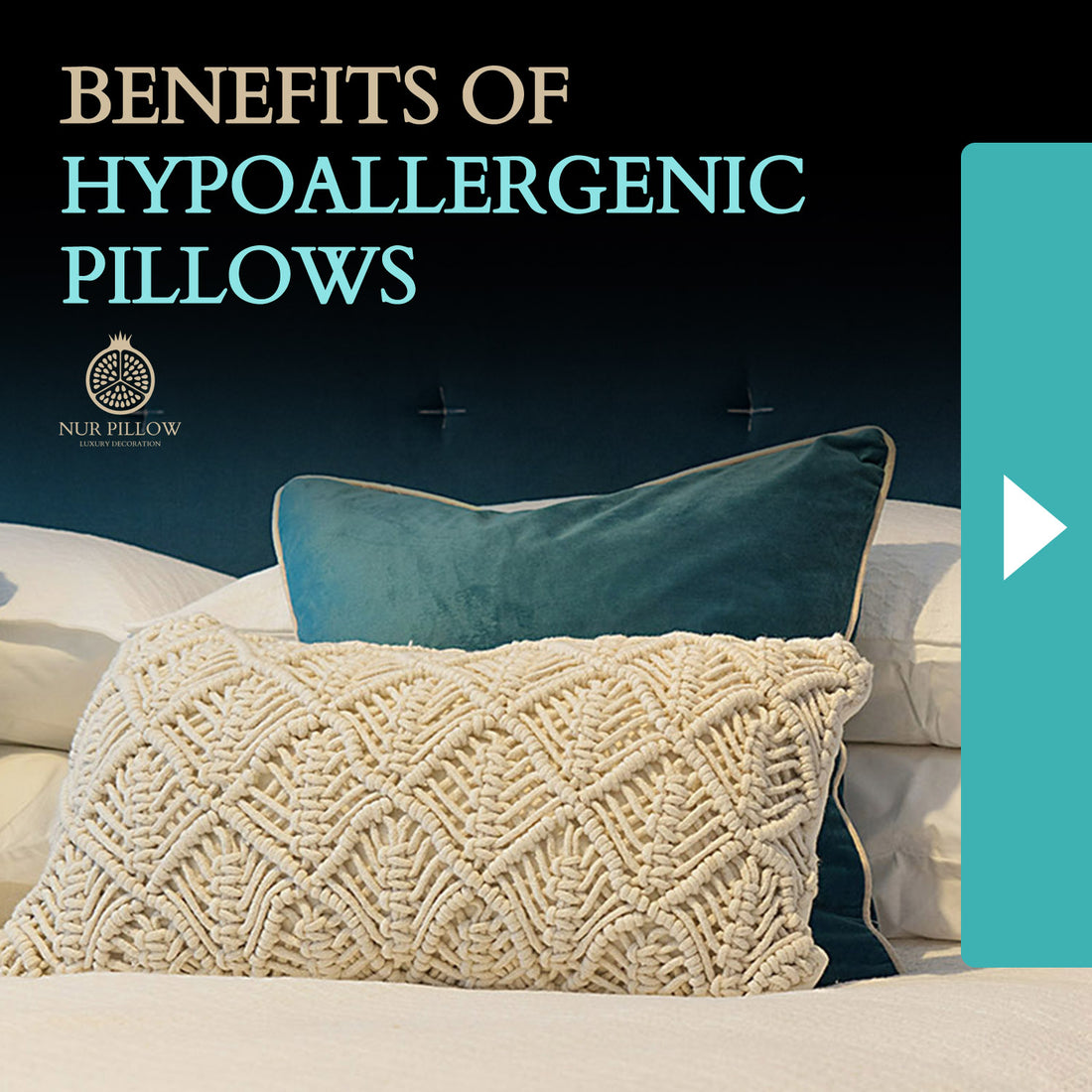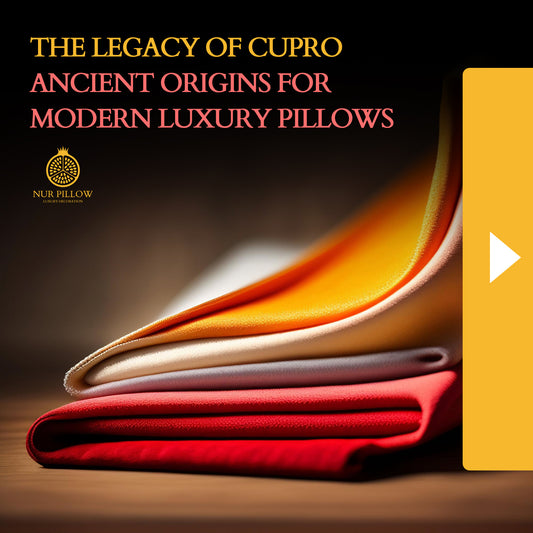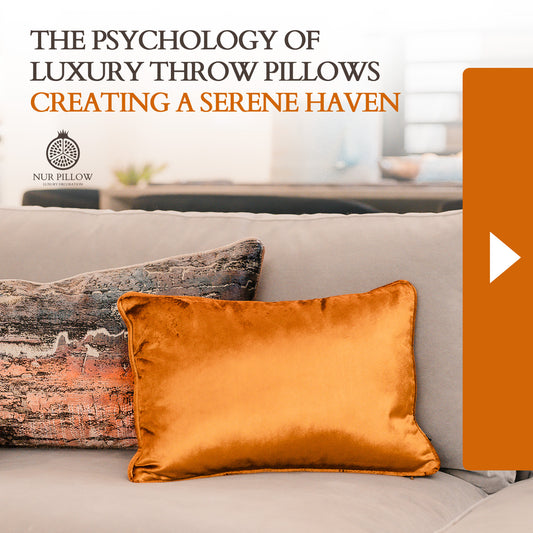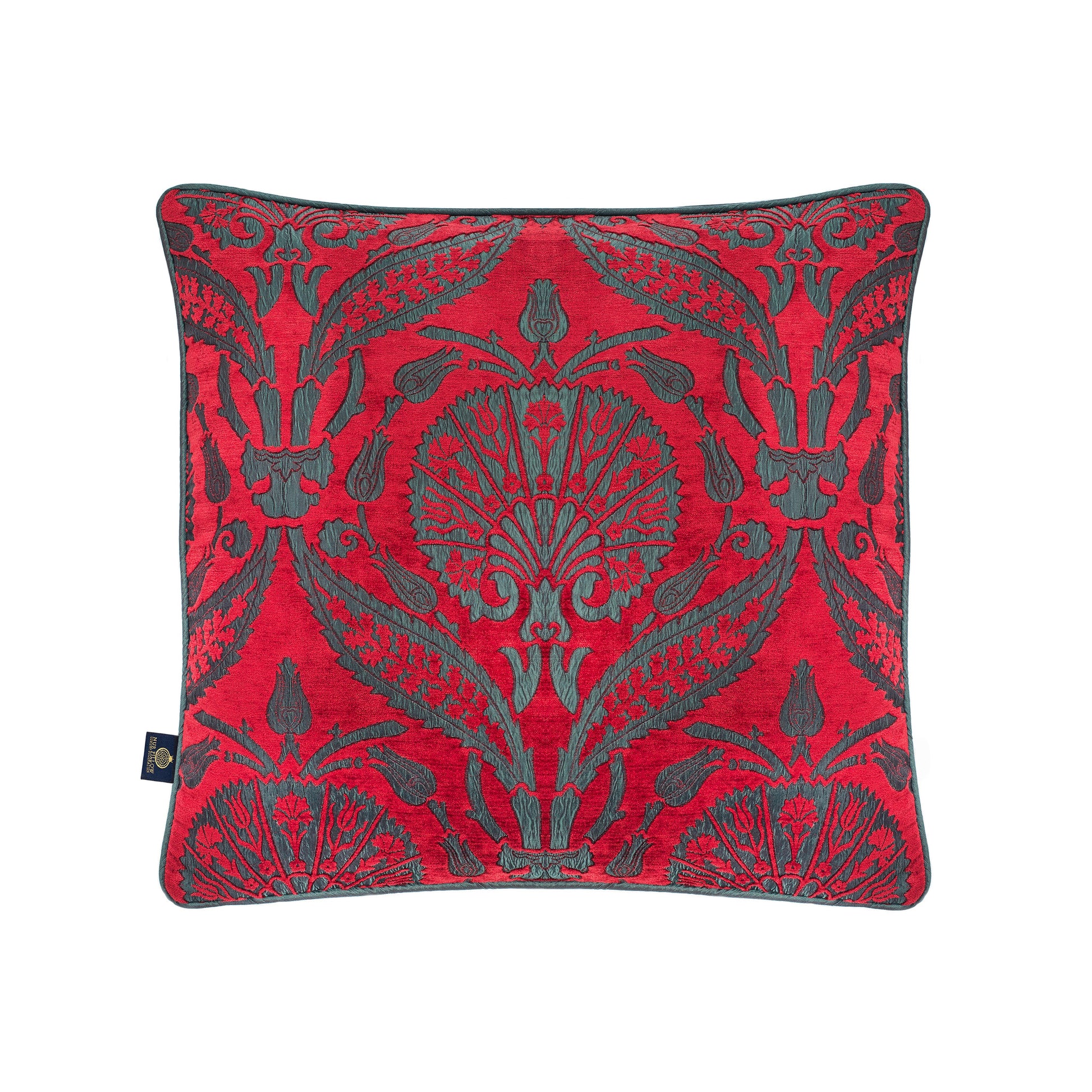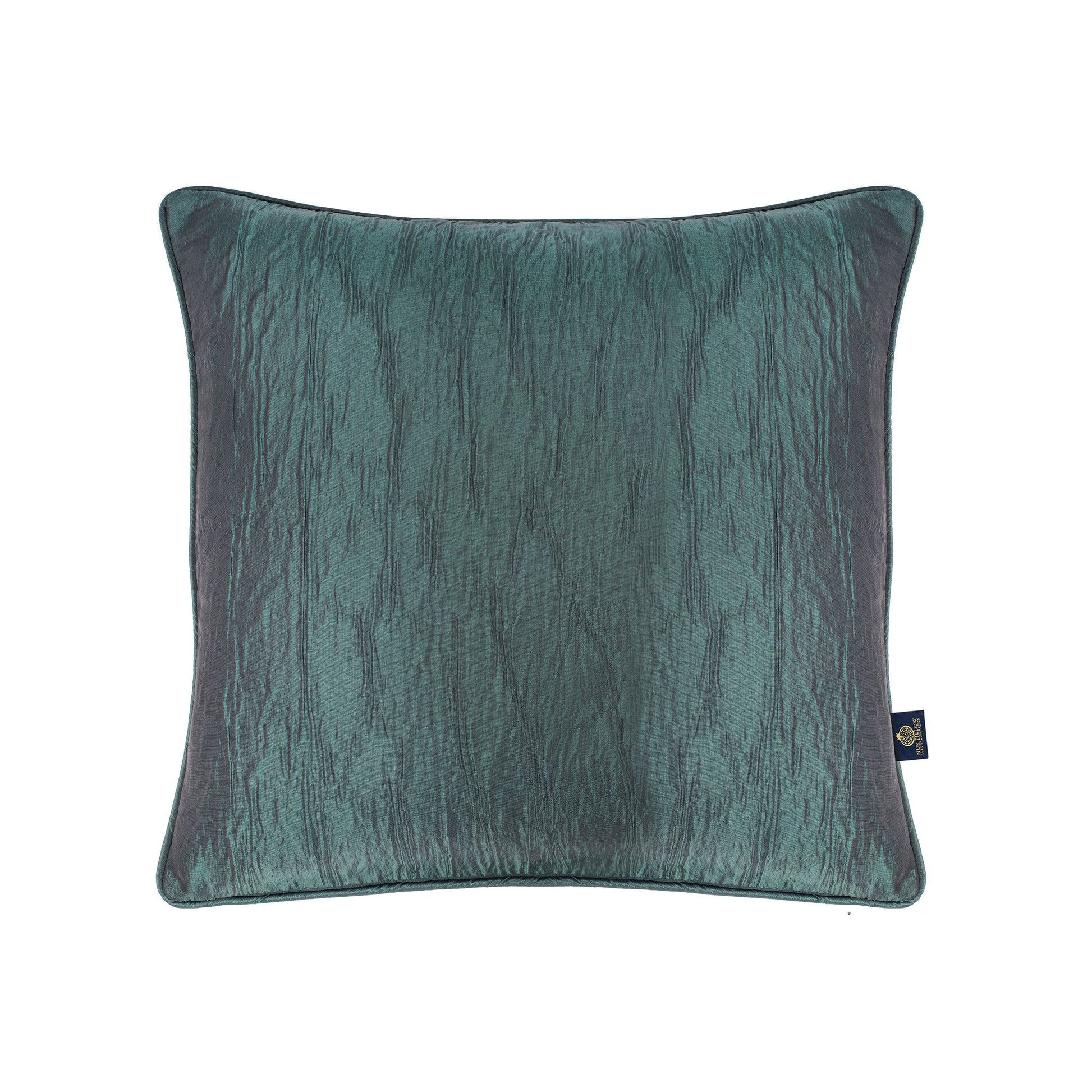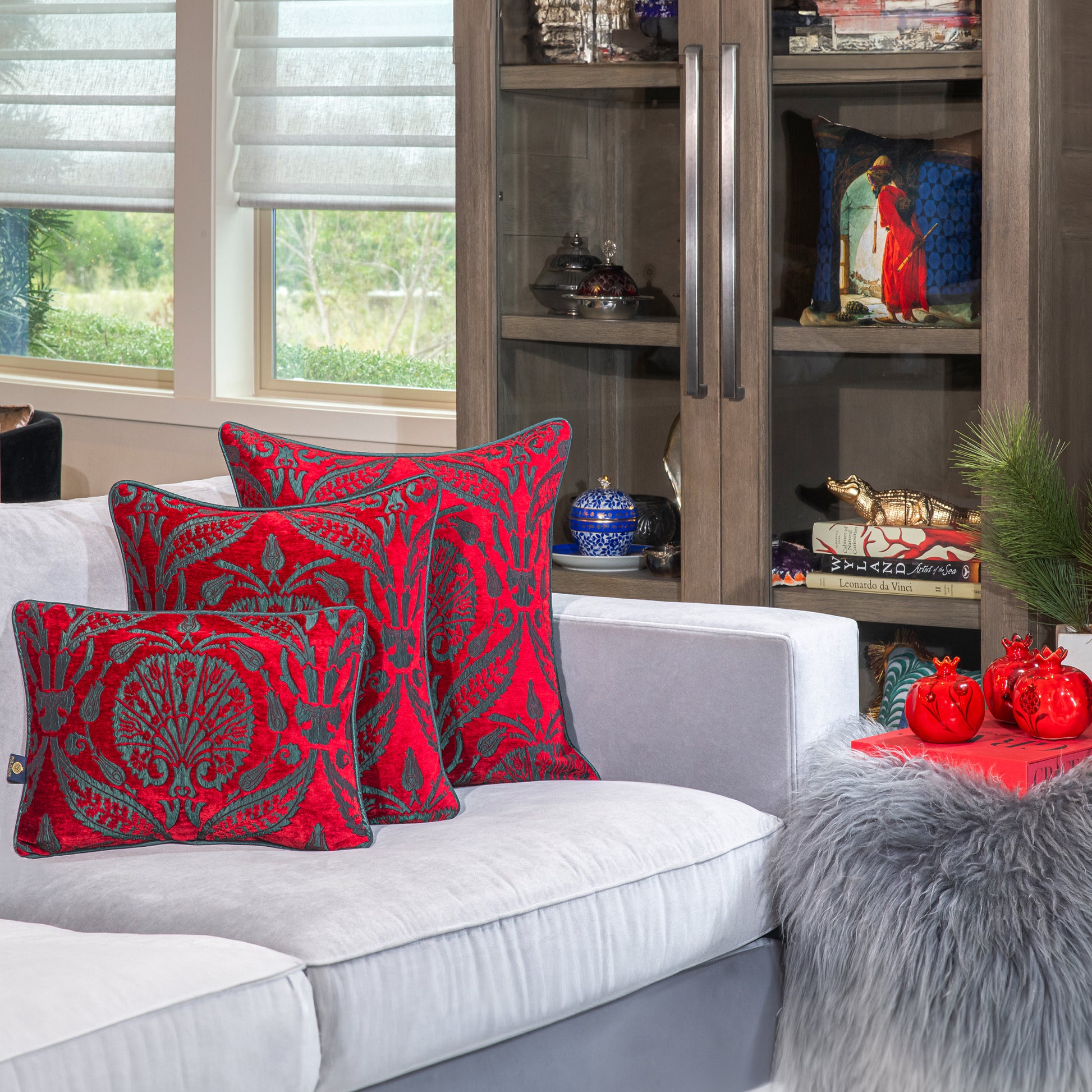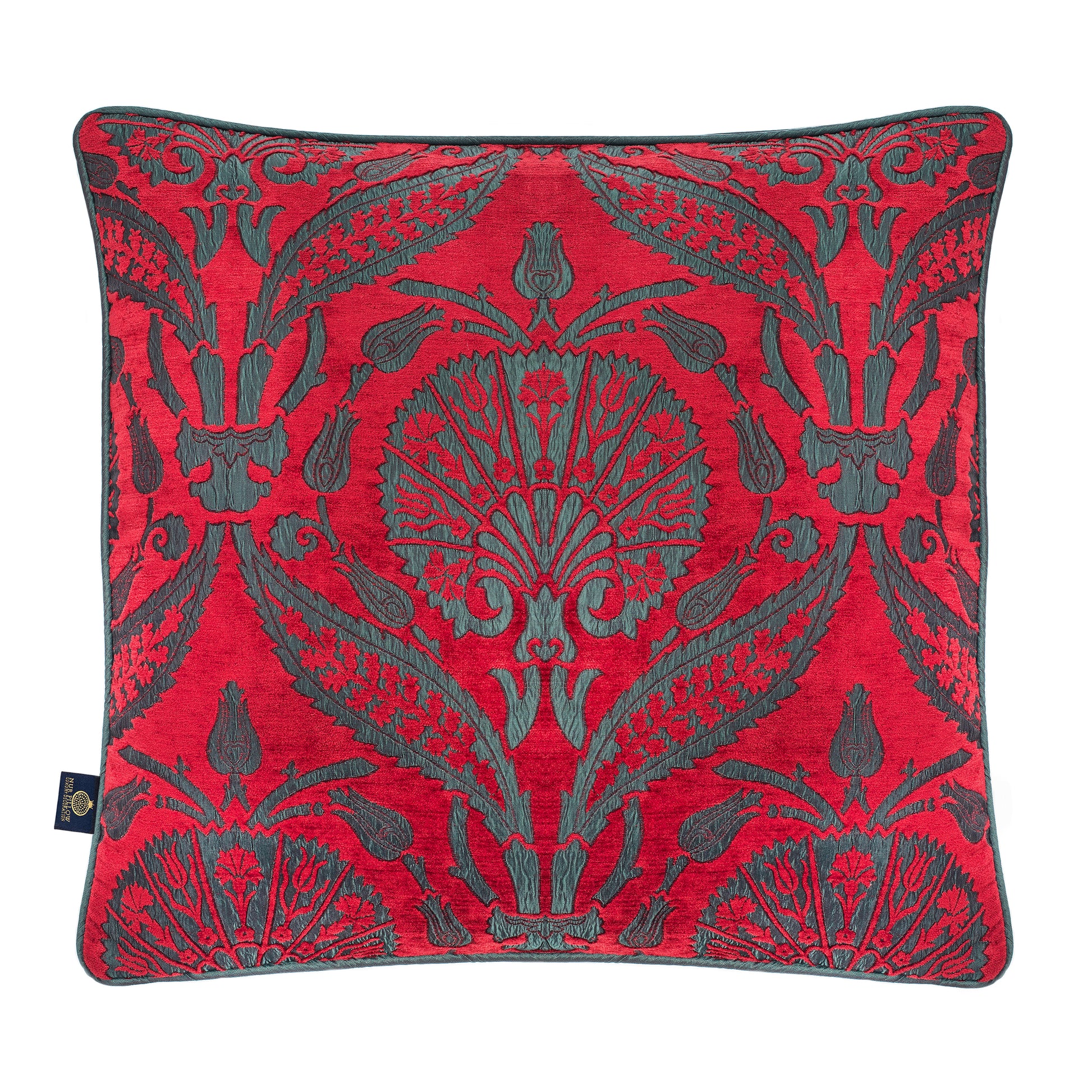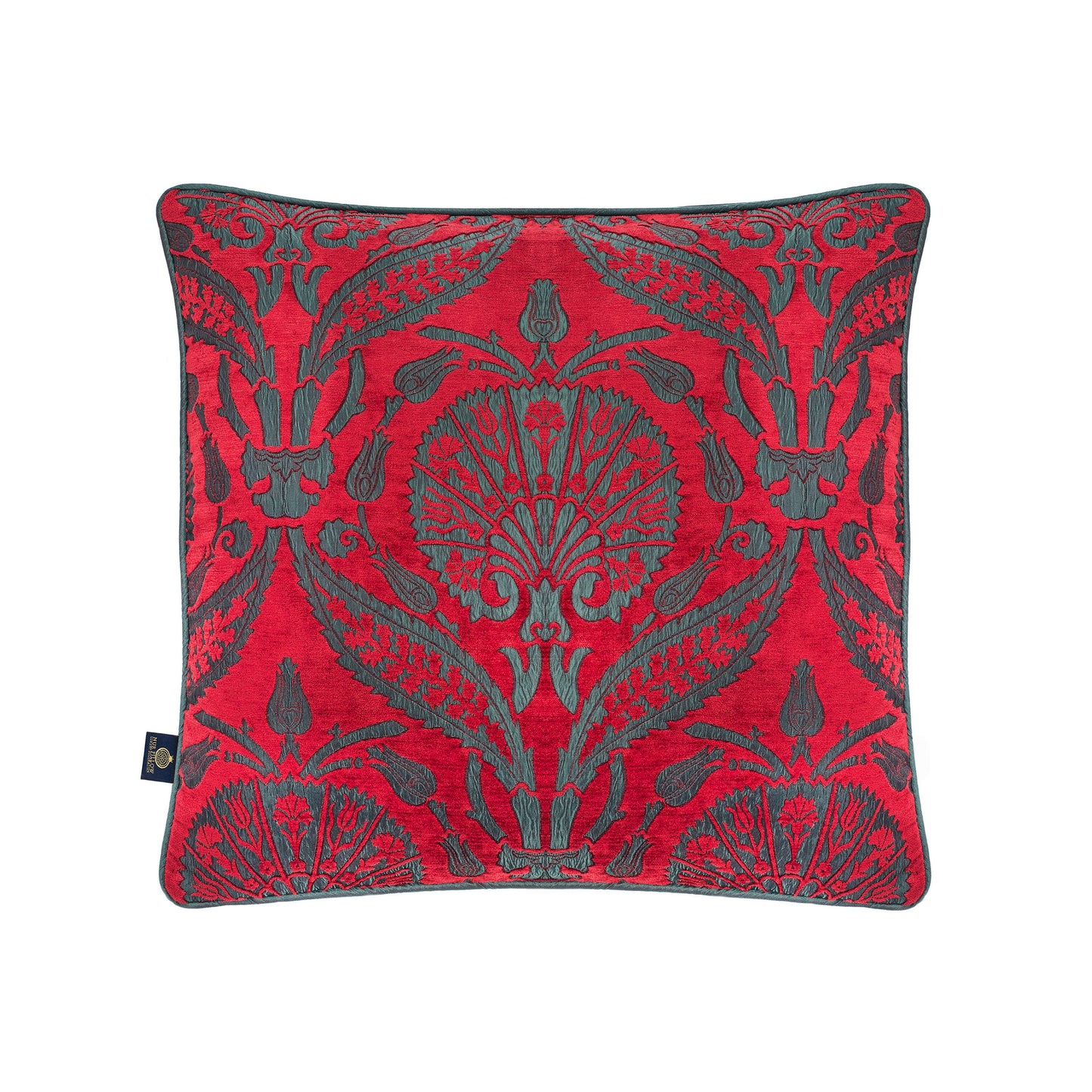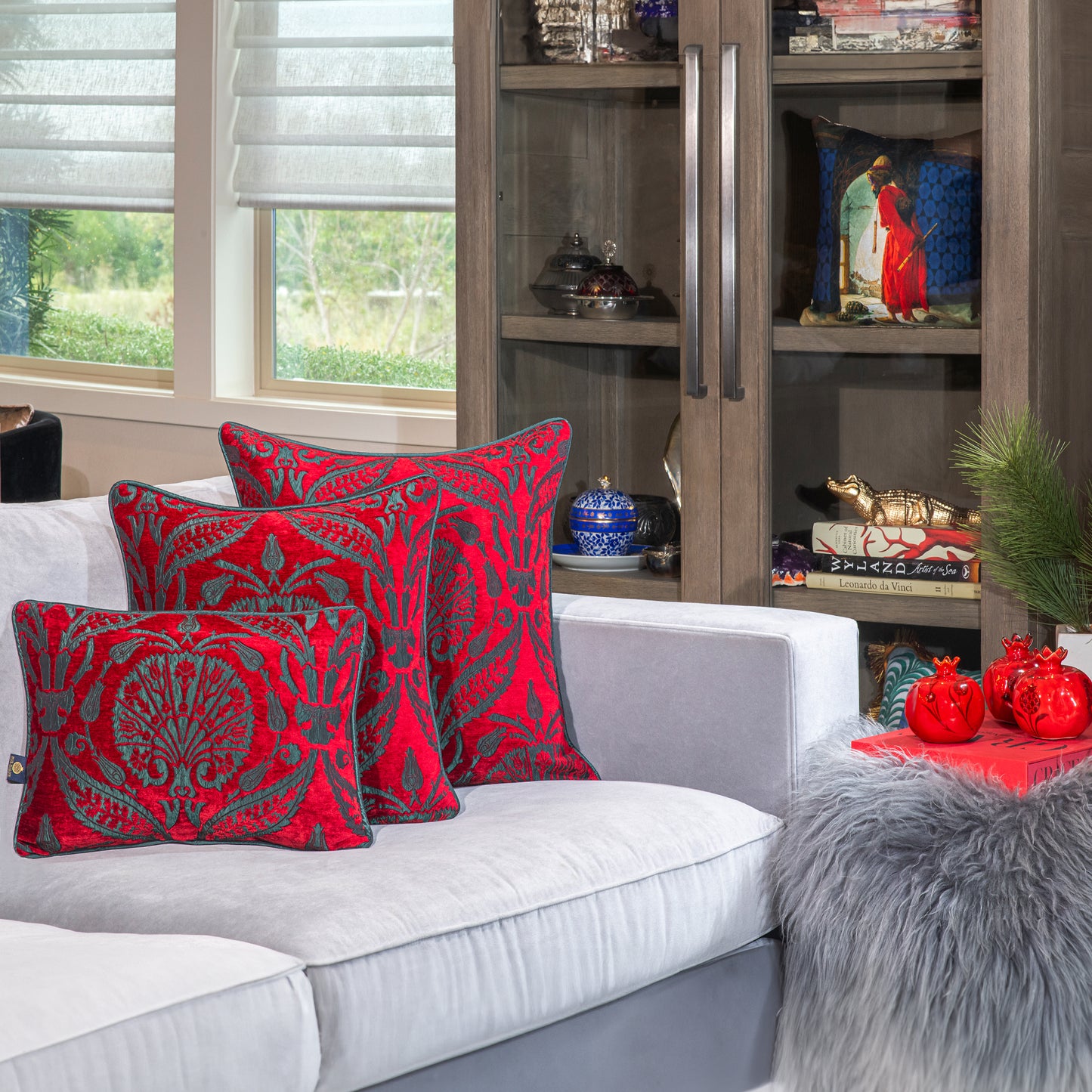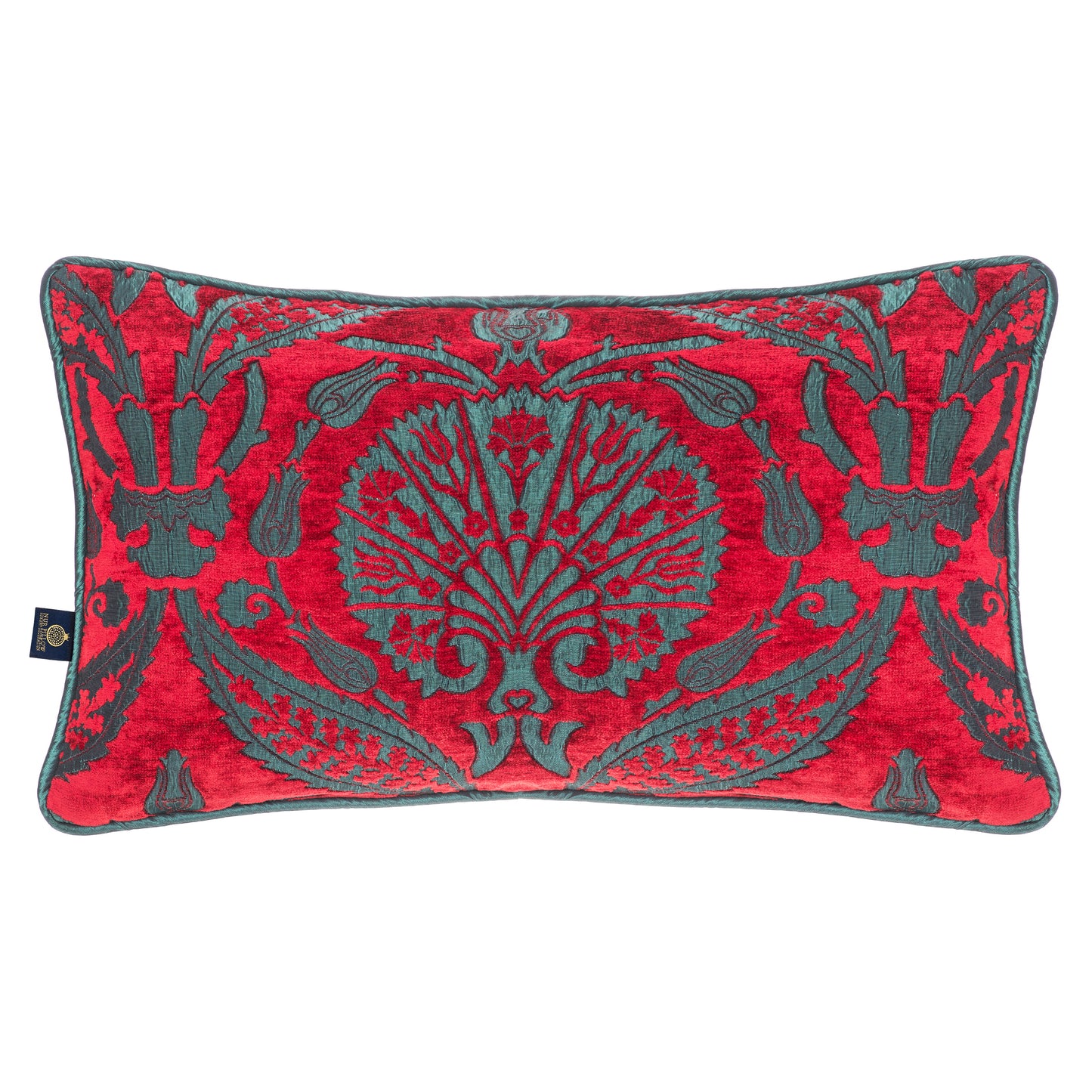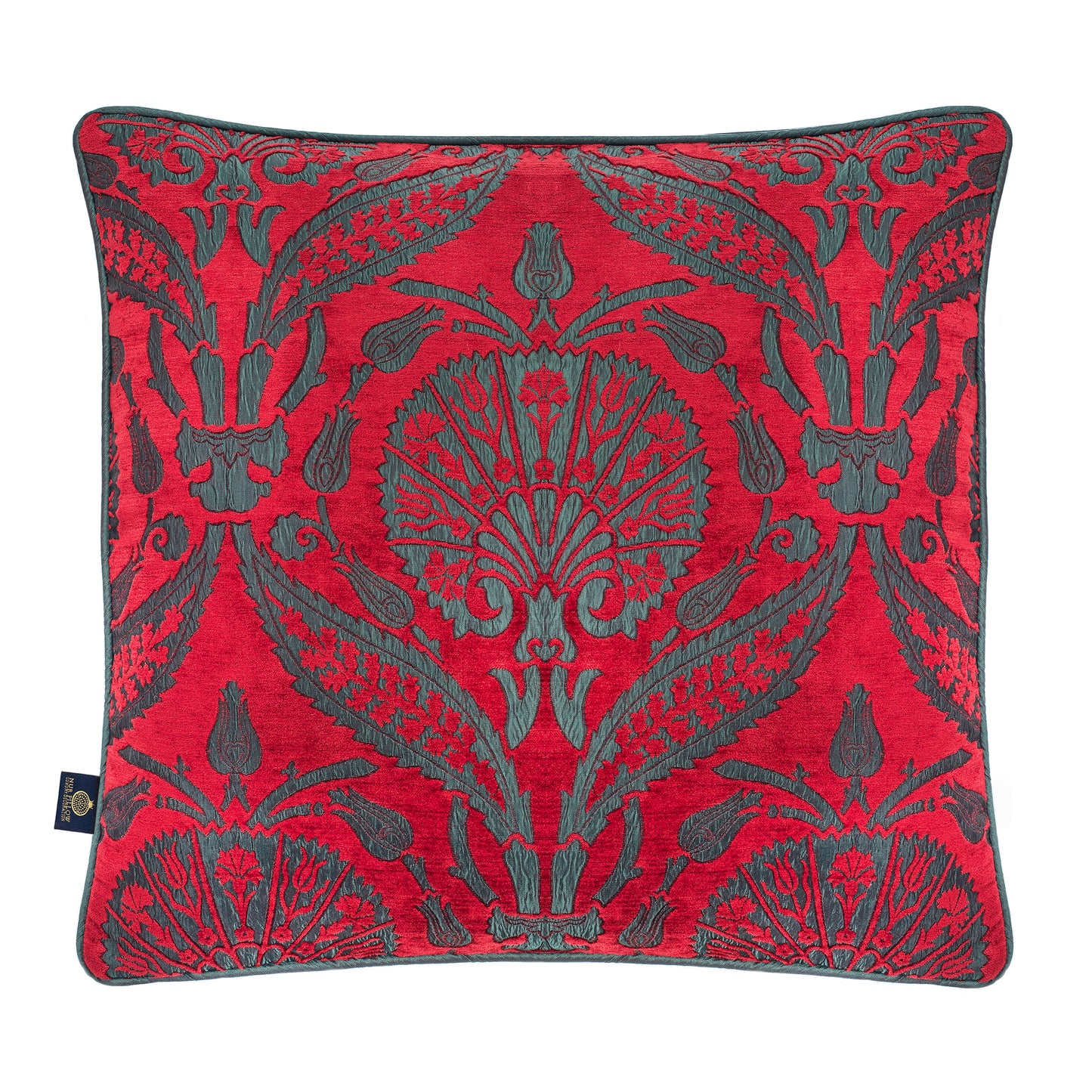Aside from your head, there's a lot that happens on your pillow, from drool and dead skin to pet dander and dust mites. It might explain why you wake up with a stuffy or runny nose, itchy eyes, or breakouts.
Fortunately, hypoallergenic pillows and pillow covers are available to help us obtain our beauty sleep. Because they do not contain harsh chemicals, they are especially suitable for allergy sufferers. Instead, the pillows are composed of materials that are less prone to cause symptoms and are frequently cleaned to keep dust mites at bay and germs and mould from growing.
So What Are Hypoallergenic Pillows?

Unlike regular pillows, hypoallergenic ones are made to keep allergens like dust mites, pet dander, and mildew from gathering on the surface or nesting deep within the stuffing. It's especially important for those with respiratory conditions like asthma and allergies, whose bedding materials can sometimes bring on attacks during rest.
Melanie Carver, chief mission officer of the Asthma and Allergy Foundation of America, has said, "Dust mites may be the most common trigger of year-round allergies and asthma" (AAFA).
An exterior barrier that effectively blocks dust mites and other allergens is a desirable feature in a hypoallergenic cushion. An additional hallmark of a high-quality hypoallergenic cushion is its cleanability and its lack of "chemicals exceeding certification levels known to provoke allergy and asthma symptoms," as espoused by Carver.
Hypoallergenic Pillow Cover Benefits
Let's take a look at some of the advantages that come along with purchasing hypoallergenic pillows.

Lower Risk of Allergic Reactions
It may seem like stating the obvious, but hypoallergenic pillows are preferable since they do not trap dust mites and other allergies as regular pillows do. Give that some consideration. Many vacationers return from their travels completely wiped out. They need to get the greatest sleep possible, so avoid exposing them to anything that might cause them to have watery eyes or a stuffy nose.
Hypoallergenic pillows are available to everyone, not only those with allergies. The primary advantage of hypoallergenic pillows is that they save you from having to think about dust mites and their affinity for pillows, mattresses, and bed linens.
Fewer Microorganisms

The fact that hypoallergenic pillows are antibacterial is another major benefit. The average person would rather not consider the many different types of bacteria that inhabit their environment when they are resting. Common microorganisms in pillows have been linked to both short-term and long-term health problems. If you don't have hypoallergenic pillows, you should replace your pillow regularly—at least once every six months. The use of hypoallergenic pillows can reduce the number of microorganisms in a bedroom, making for a more comfortable and healthy sleep for everybody.
Fewer Dust Mites
There are small insects that may be found on almost every dusty surface, and you've probably seen pictures of them magnified to the microscope. People with asthma or other respiratory conditions often find them to be quite bothersome. Mattresses are a prime breeding ground for dust mites, which can then go on to a person's pillow and, eventually, their face. Pillows designed to be hypoallergenic are less likely to collect or keep the components that provide a habitat for dust mites. Consequently, they won't have enough resources to support large populations in the form of colonies.
Of course, this is fantastic news for anyone experiencing difficulties with allergies. This is particularly comforting to know if the thought of little creatures living all over the surface you sleep on makes you queasy.
Less Work To Do
People who prefer to sleep on conventional pillows frequently find that they need to replace their pillows on a more frequent basis. If it's at all possible to avoid doing this, you absolutely should. Because they are so much more robust, hypoallergenic pillows won't need to be replaced nearly as frequently as traditional pillows will need to be. Because there is not much that has to be done in the way of standard maintenance, there is the potential for reduced expenses in the long run.
Consider for a second the cushions that you are presently resting your head on. When you have determined how many of them you would want to replace with hypoallergenic versions of greater quality, you can get in touch with us through our website to find out more about how something that seems like such a minor adjustment can make a world of difference.
Keep Your Family Healthy

The common cold and other lung diseases can reduce the quality of sleep that your family gets. In addition to regularly cleaning your hands and supporting your immune system with a nutritious diet and consistent physical exercise, you should also wash your pillows. This will help prevent the spread of germs and illnesses. In preparation for the upcoming flu season, you should wash the pillow your kid sleeps on at least once a month and let it dry in the fresh air in between washings for the pillow to maintain its efficacy.
Pillow Covers are Important
The cover you put on your pillow provides an additional layer of protection against allergies and dust mites. Investing in a pillow cover that does double duty as an allergen barrier is an ideal answer for anybody, including those who suffer from allergies or asthma, as well as those who just prefer the sensation of sleeping on a clean and fresh bed each night. One of the most prominent examples is a pillow cover made of bamboo, and we unequivocally advise using one.
Less Unpleasant Smells

There is nothing that is more damaging to the reputation of a luxury lodging establishment than the discharge of an unusual odour. Because they retain such a small amount of the components that cause conventional pillows to develop a musty stench, hypoallergenic pillows often do not store any scents. Laundering the pillows should be sufficient to fix any issues that you have been having with them, which in most situations, can be remedied by just washing them.
If you use them with the appropriate sort of pillowcases, though, you shouldn't have any problems using them at all.

